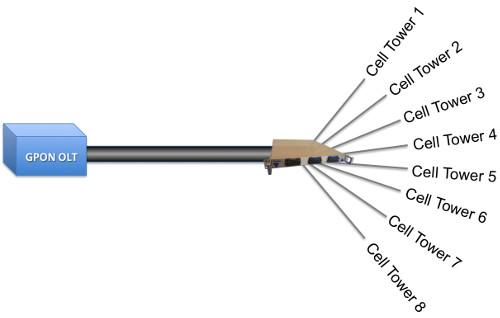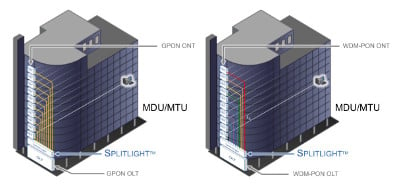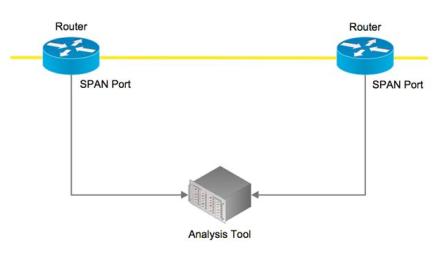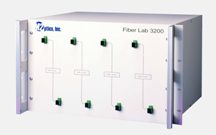As the use of mobile applications and services that require increasingly more bandwidth continues to grow, wireless service providers must find cost-effective and efficient methods for meeting the bandwidth demand. Legacy transport networks are no longer capable of adequately serving today’s cell sites. Newer technologies such as GPON, WDM-PON, and Ethernet over CWDM/DWDM are all well-suited to cost-effectively address the growing bandwidth needs of wireless service providers. Regardless of the technology used, M2 Optics’ SplitLight product is an integral part of the solution.












